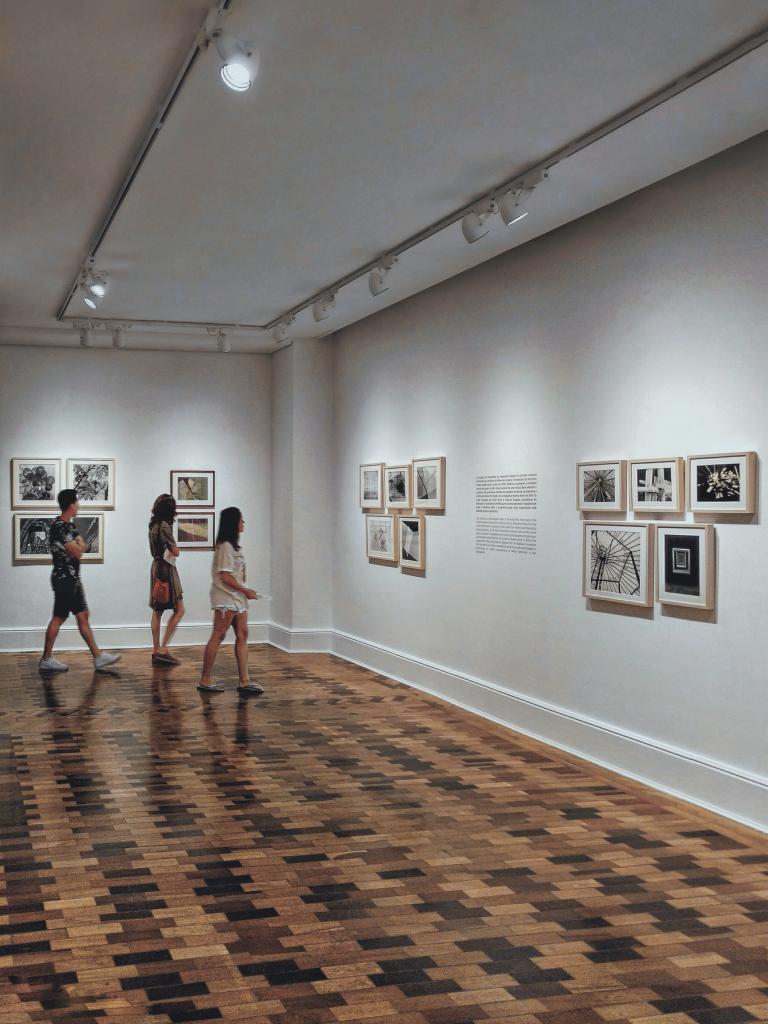Should museums that provide free public admission and run at a loss be required to pay business rates on the basis of their socio-economic value? The Upper Tribunal (UT) addressed that issue in a fascinating test case.
The case concerned three museums that were operated by an umbrella organisation established by four local authorities. They all gave free entry and ran at a significant deficit. A local authority valuation officer (VO) nevertheless took the view that they had a substantial rateable value. His arguments were, however, rejected by the First-tier Tribunal, which found that they should be entered in the rating list at a nominal value.
Challenging that decision, the VO asserted that it was wrong to value the museums solely by reference to their receipts and expenditure and that their socio-economic benefits should be balanced against their running costs. Their socio-economic value was measurable and would inform the rental bid of a hypothetical tenant, leading to a positive rateable value which could be calculated as a percentage of gross receipts.
The operator acknowledged that it had a socio-economic motive for occupying the museums. However, it argued that the socio-economic benefits they generated were, in the literal sense, incalculable. There was no valuation method that could be used to measure such benefits as a benefit to an occupier of the museums, nor any evidence that such an occupier would pay rent to obtain such a benefit.
There was no evidence that the operator was willing or able to pay a rent over and above the public funding that was already necessary to keep operating the museums at a loss. In those circumstances, the only reliable method of valuing the museums was the receipts and expenditure method. Even on a notional receipts basis, that method yielded a nominal rateable value.
Ruling on the matter, the UT acknowledged that the four local authorities funded the museums in order to generate socio-economic value. However, there was no valuation methodology available to translate social value to the public into value for the local authorities themselves. There was no tenancy market for loss-making museums and no evidence that a tenant would be willing to pay rent. The VO’s appeal was dismissed.
